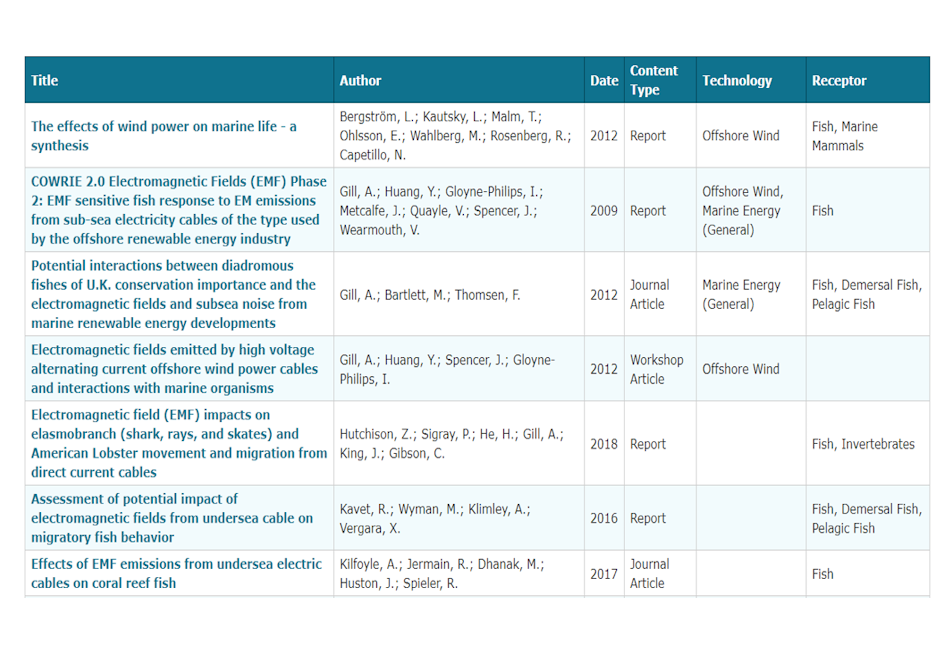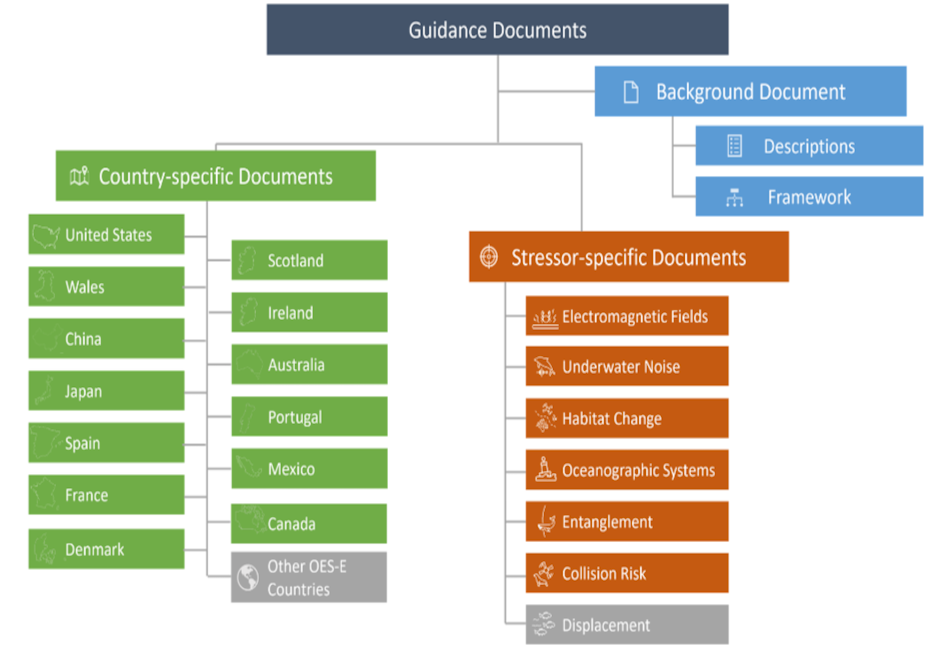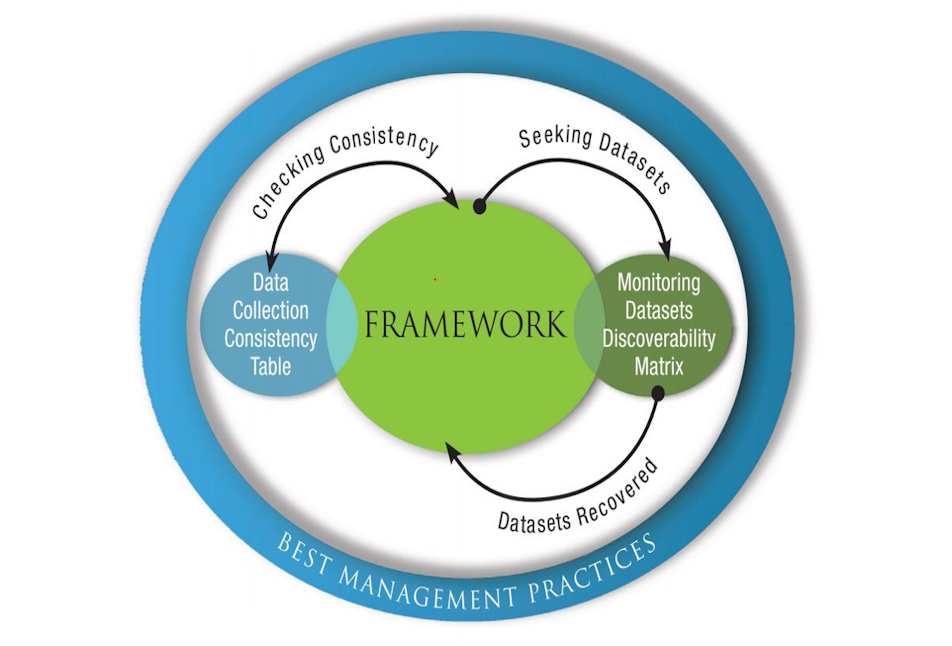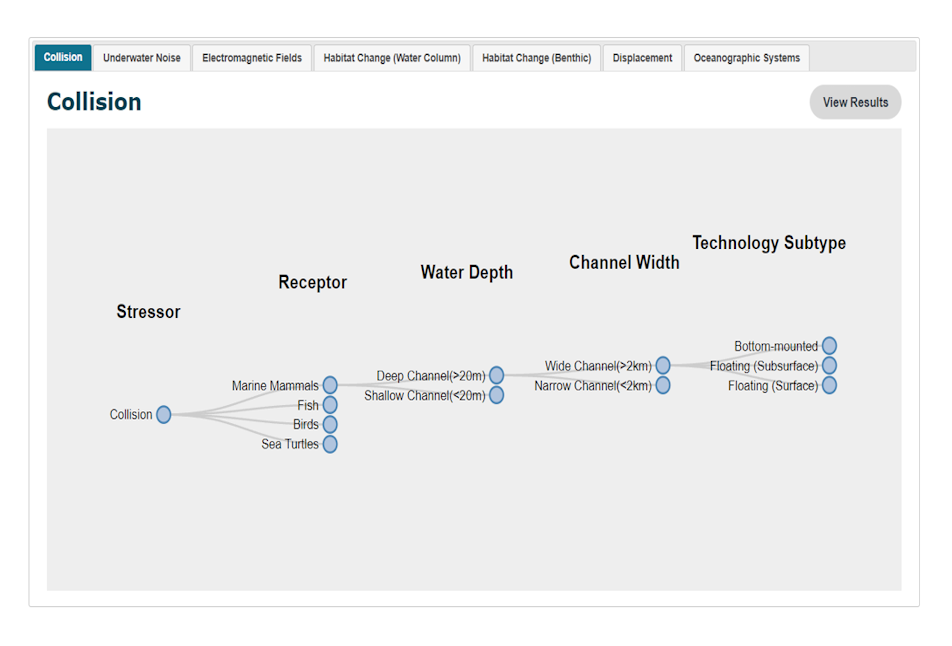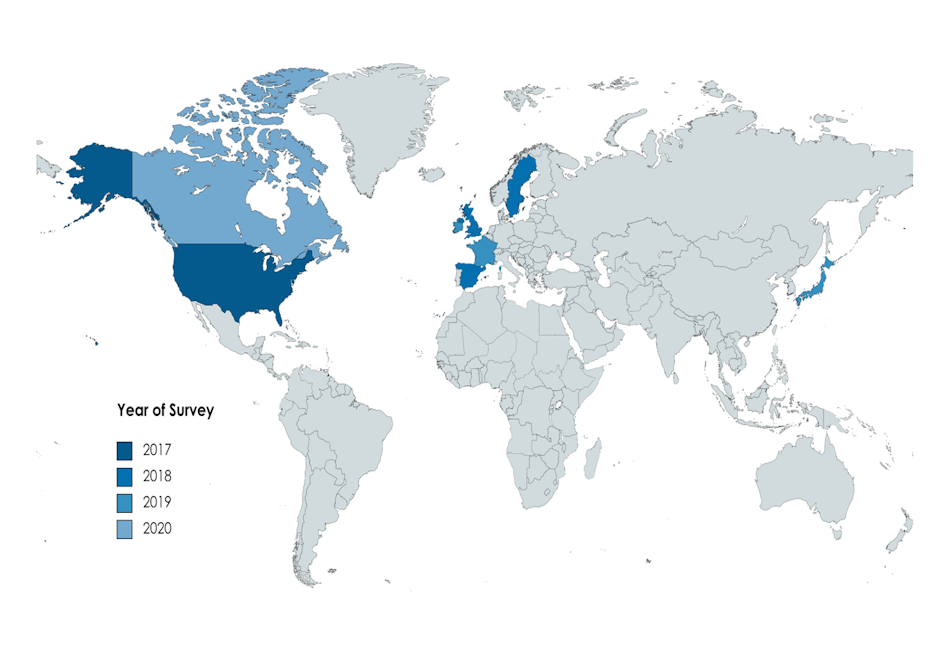Risk retirement is a term used loosely by the marine renewable energy (MRE) community to describe a means of simplifying consenting processes for single or small numbers of devices by focusing on key issues of concern. Risks that are unlikely to cause harm to marine animals or habitats can be “retired” so that extensive investigations at every new MRE project are not required. Rather, MRE developers and regulators may rely on what is known from already consented projects, from related research studies, or from findings from analogous offshore industries.
Risk retirement does not take the place of any existing regulatory processes, nor does it completely replace the need for all data collection before and after MRE device deployment; these data are needed to verify risk retirement findings and add to the overall knowledge base. When larger arrays of MRE devices are planned, or when new information comes to light, these risks can be revisited and new decisions about the level of risk down-scoping or retirement can be made.
OES-Environmental has developed a risk retirement pathway to guide risk retirement for MRE developments. The steps in the risk retirement process are:
- Determine if a likely/plausible risk exists for a particular project;
- Determine whether sufficient data exists to demonstrate the significance of the risk;
- Collect additional data to determine whether the risk is significant;
- Apply existing mitigation measures to determine whether the risk can be mitigated (if so, the risk can be retired); and
- Test novel mitigation measures to determine whether the risk can be mitigated (if so, the risk can be retired).
If none of the steps can determine the risk to be insignificant, the project will need to be redesigned or perhaps abandoned. Between and among the steps in the risk retirement process, there is a need to examine available data and mitigation measures in order to provide feedback among steps.
More information on risk retirement and the pathway is available in the Risk Retirement for Environmental Effects of Marine Renewable Energy report, the Strategies to Aid Consenting Processes chapter of the 2024 State of the Science report, and the Risk Retirement chapter of the 2020 State of the Science report.
Resources
For key stressors, OES-Environmental has developed evidence bases (i.e., key research papers, monitoring reports) that support risk retirement for small numbers of devices.
OES-Environmental has created a series of guidance documents that can be used to evaluate environmental, social, and economic effects within a general regulatory context.
Data transferability is a key part of the risk retirement process and ensures that data and information from existing MRE projects are readily available, cataloged, and comparable.
Monitoring Datasets Discoverability Matrix
The Matrix classifies monitoring datasets from already consented MRE projects for six stressors. The interactive tool allows users to discover and evaluate available datasets.
OES-Environmental is engaging with international regulators and advisors to understand the key knowledge gaps they have in order to support development of the MRE industry.
OES-Environmental continues to engage the MRE community (e.g., developers, regulators and advisors, researchers) throughout the development of the risk retirement process.

